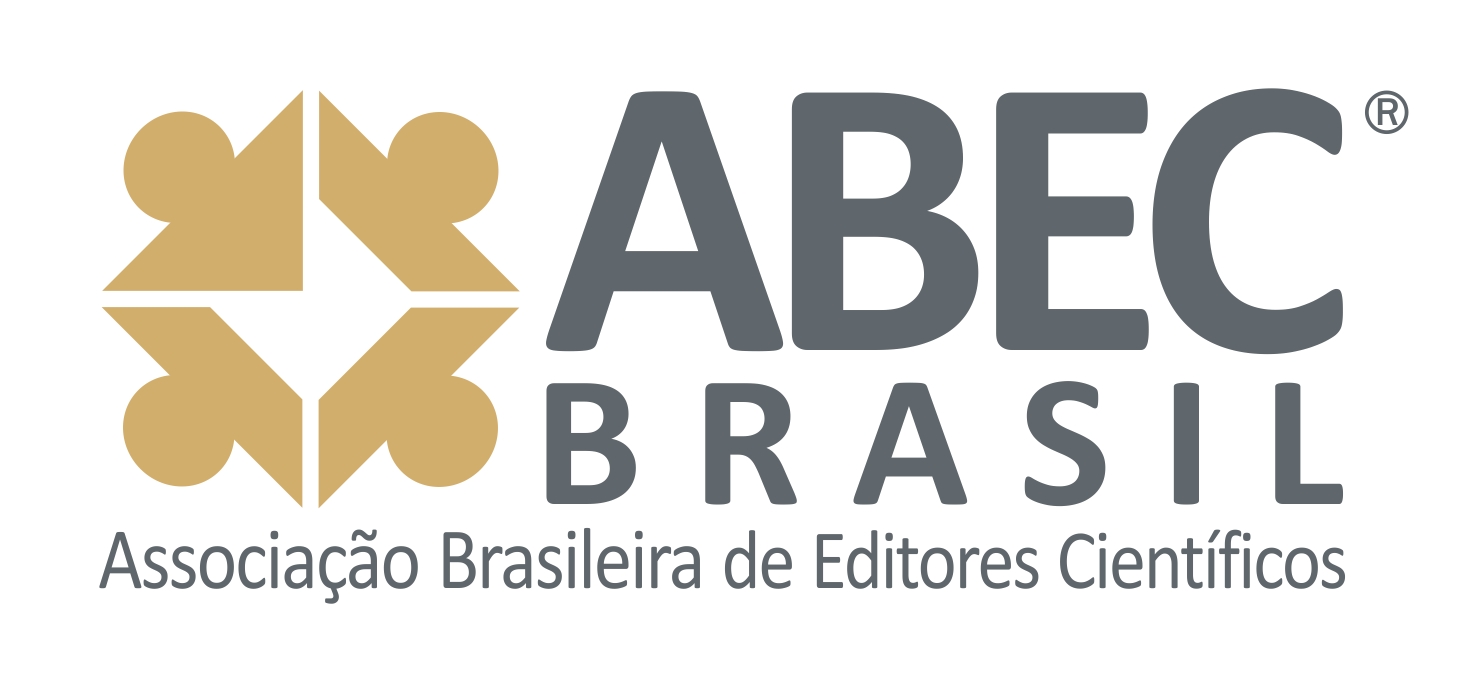ARRANJO PRODUTIVO LOCAL EM GOIÁS: ESTUDO SOCIOECONÔMICO E EMPRESARIAL
DOI:
https://doi.org/10.58422/releo2022.e1275Abstract
The Government of Goiás implemented several Legal Productive Arrangements - APL’s in the last 14 (fourteen) years, distributed in agricultural municipalities and strategically located, examples being APL’s scheduled in the municipalities of Anápolis and Rio Verde. The APL’s became tools of the State to accelerate social advancement and economic-business promotion in the territorial borders, which earned its prominent position in relation to other entities of the Brazilian federalist structure. Arrangements of a public-business nature serve the State for the fulfillment of public policies, mechanized production agendas, economic growth and the valuation of human work. Despite the importance of APL’s for the
economic growth of the State of Goiás, and due to the few studies already carried out, this article, maintained by a positivist and analytical method filled with observational and phenomenological approaches and bibliographic and historiographical procedures, is a universe of numbers of APL’s implemented specifically in Goiás, served as explanatory sources of the
specificities and paths that schedule them, and the plan to have a better understanding of the functional structure that maintains them. Believing in the functional potential of APL’s in Goiás, the study advances with regard to the guidelines and goals and the representation that each one of them has in the different municipalities that incubate them as policies, which codify them as instruments of social, economic and business advancement.
Downloads
Published
Versions
- 2023-05-15 (2)
- 2022-04-11 (1)
Issue
Section
License
A Revista Eletrônica Leopoldianum - Revista de Estudos e Comunicações da Universidade Católica de Santos (ISSN: 2965-9566) é detentora dos direitos autorais de todos os artigos publicados por ela. A reprodução total dos textos em outras publicações, ou para qualquer outro fim, por quaisquer meios, requer autorização por escrito do editor. Reproduções parciais de artigos (resumo, abstract, mais de 500 palavras de texto, tabelas, figuras e outras ilustrações) deverão ter permissão por escrito do editor e dos autores.









